The Museum of Fine Arts opened its new exhibit “Martin Puryear: Nexus” to the public Sept. 27. An American artist born in 1941, Puryear’s abstract sculptures reflect his longstanding interests in history and the natural world.
With some pieces created as recent as 2023, the 45 works of this gallery span over 50 years of Puryear’s life and is the “first substantial survey of the artist in almost 20 years.” Puryear’s signature style — a combination of West African woodworking techniques and classic Scandinavian design — is evident throughout the exhibit.
Upon entering the gallery, you are immediately struck by the large scale of Puryear’s sculptures. Rawhide skins stretch across an empty wall, a mass of woven wire protrudes from the floor and a cart full of carefully stacked wood towers over museumgoers. Though many pieces are reminiscent of everyday objects, Puryear’s captivating craftsmanship casts a new light on them.
“It’s very abstract, but it’s fun because you get to make your own interpretation,” said a woman in the gallery.
This is the very nature of Puryear’s works. As the gallery wall explained it, “Puryear’s work remains open to interpretation. It is an invitation to find our own connections and resonances across time and place.”
Not only is this gallery a walk through Puryear’s art, but also a journey through history. Puryear incorporates the darker sides of American history into his sculptures: “Some Lines for Jim Beckwourth,” a rawhide display created in 1978, honors fur trapper Jim Beckwourth who was born into slavery in Virginia. “A Column for Sally Hemings,” a marble and cast-iron pillar crafted in 2021, honors the Black slave Sally Hemings who was forced to bear at least six of Thomas Jefferson’s children. “Phrygian,” an etching of a spiral-like symbol repeated throughout the gallery, is not only an emblem of the French revolution, but also an ancient Roman symbol of formerly enslaved people.
As you walk throughout the exhibit, you will begin to see common themes throughout his symbolism, such as the spiral in “Phrygian.” As Puryear was quoted saying, “I feel like my path is a spiral in that you’re coming back at a different time to a familiar place.” To anyone who’s been to the MFA before, this quote can resonate with them, as the museum is familiar, but the gallery itself is new and different.
Another unifying element of Puryear’s work is its relation to the natural world. This is seen most notably with his choice of materials — raw wood and stone, for example. Some of his subjects are also elements of nature. As written on the gallery wall, “The gyrfalcon has fascinated Puryear since boyhood…. In the ensuing decades, he has returned to this subject again and again, rendering the creature in a variety of materials.” One such work of the gyrfalcon, a type of bird, was a marble statue titled “On the Tundra (Winter).”
“Martin Puryear: Nexus”, available to view until Feb. 8, 2026, is an inspiring exhibit worth visiting for anyone with an interest in art, nature or history. Admission to the museum is free for Suffolk students and faculty who present their ID in person.


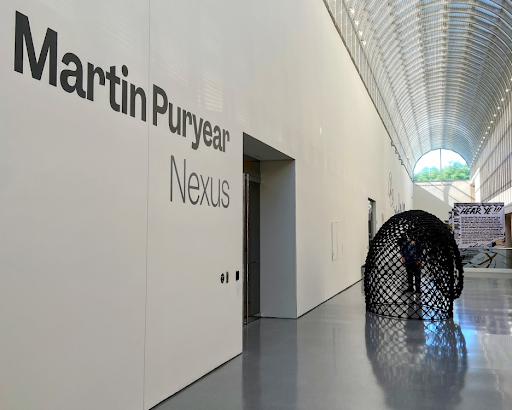
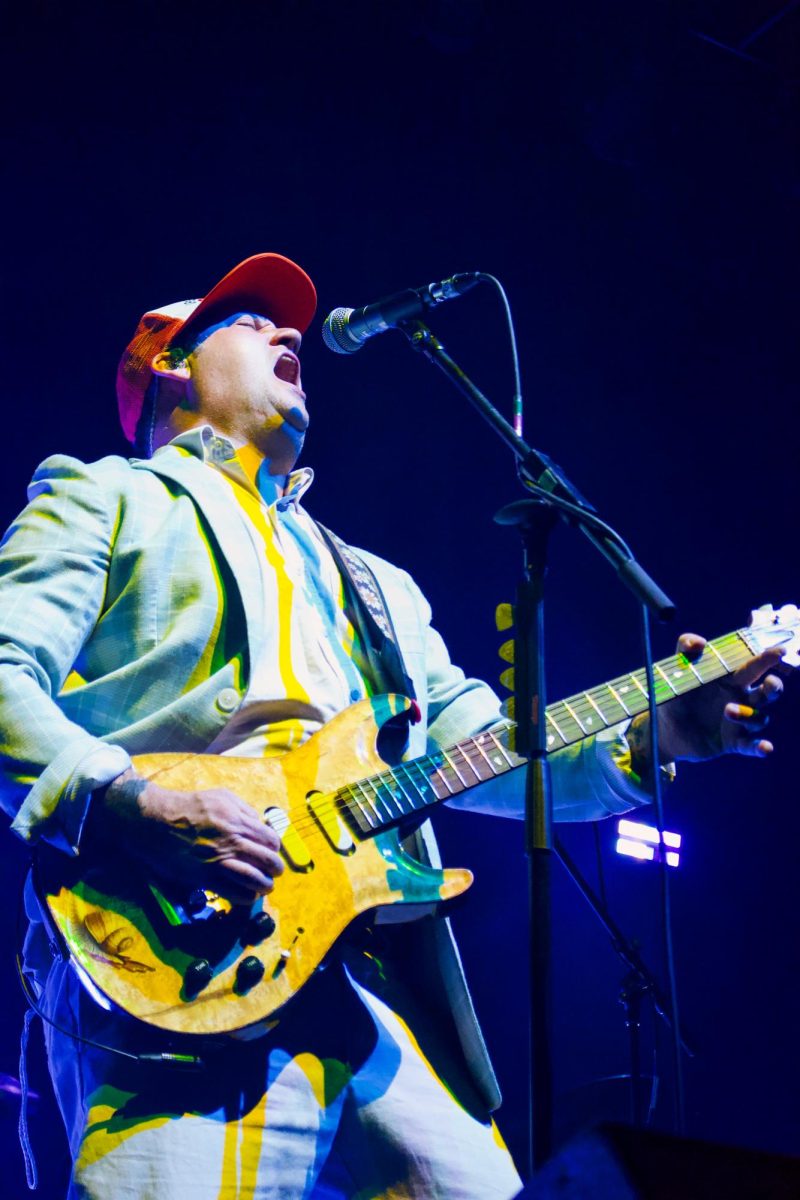
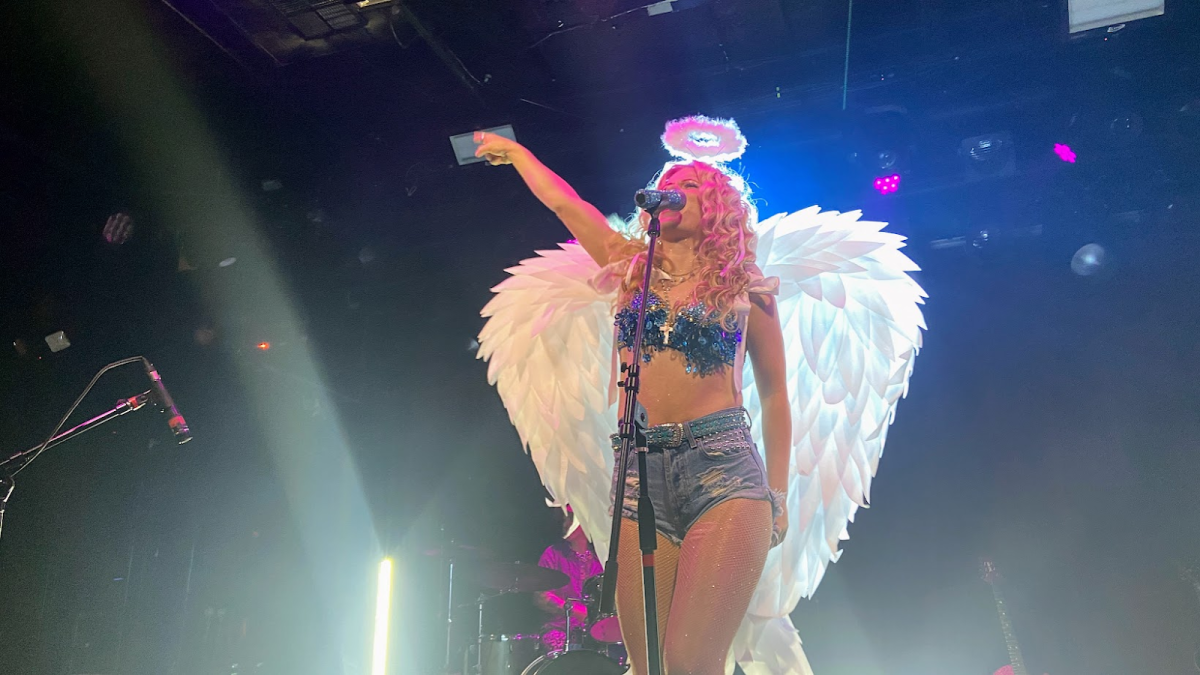
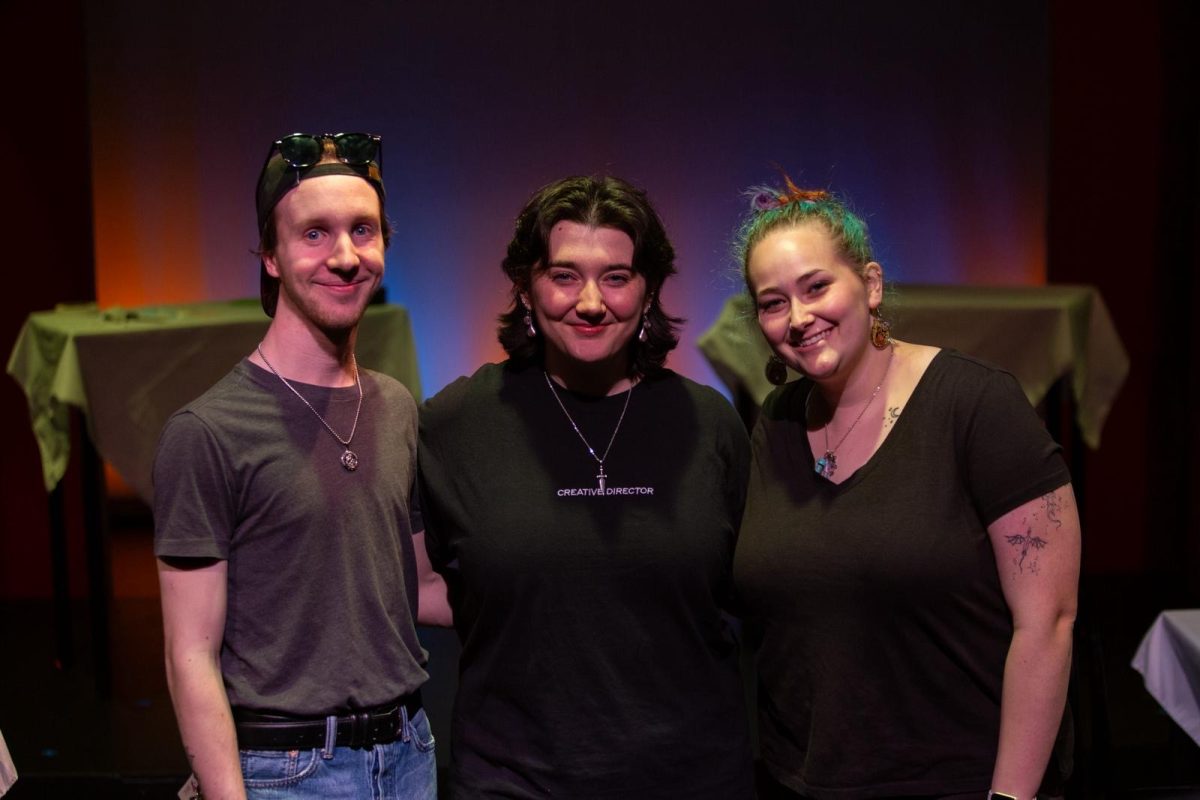

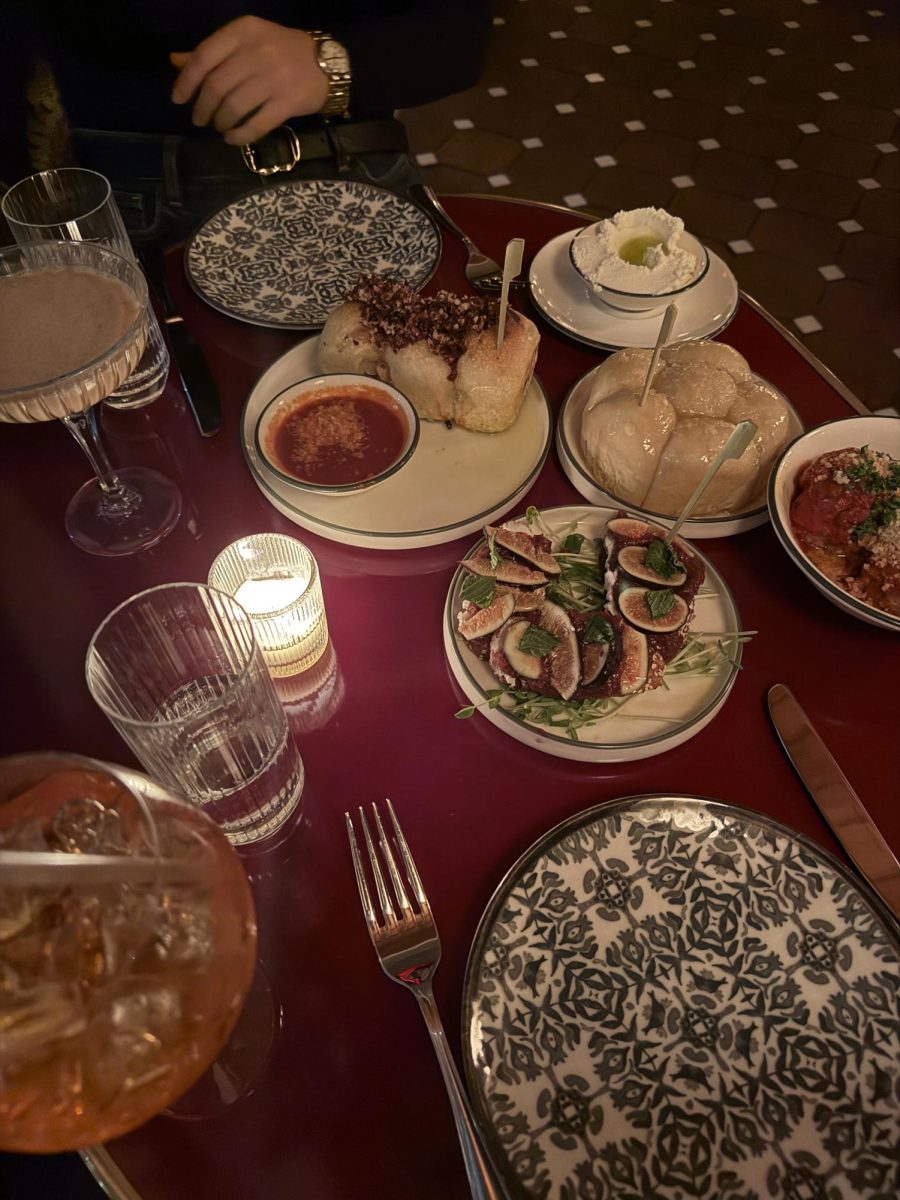

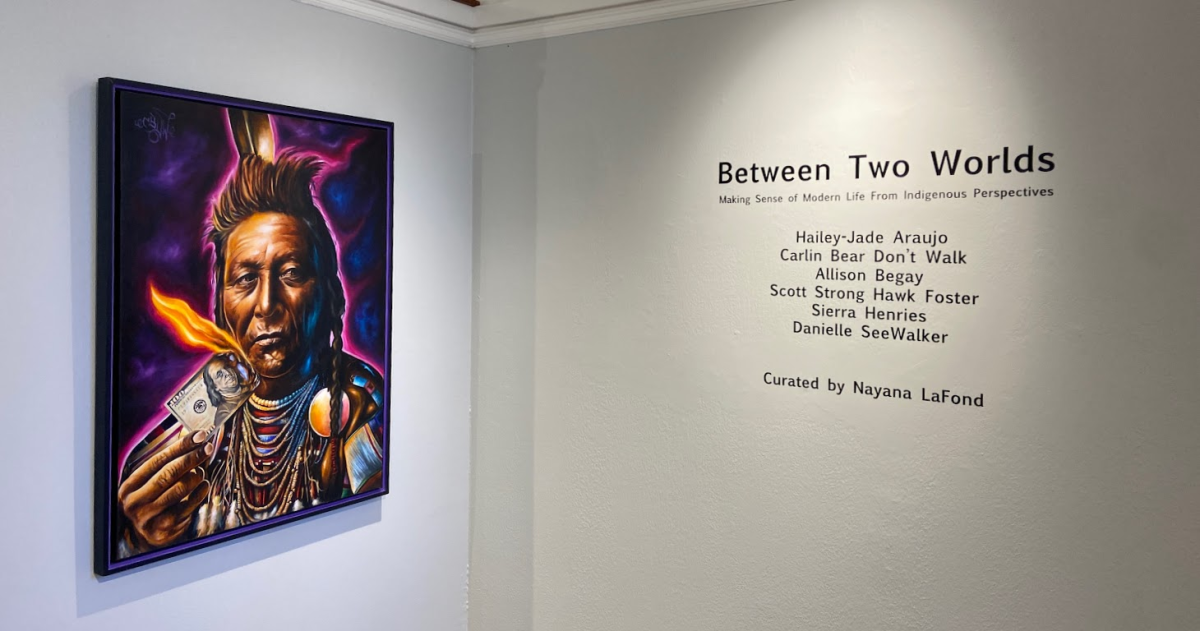
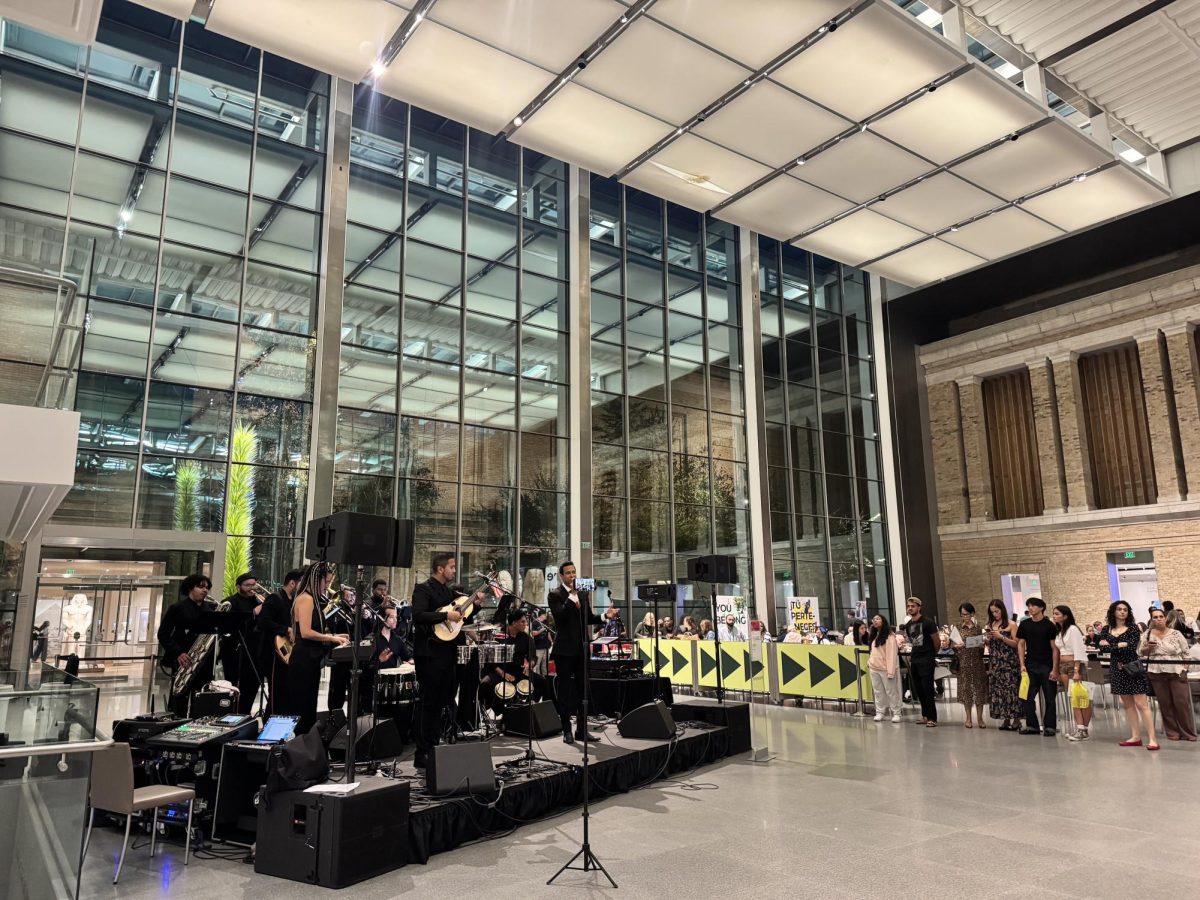
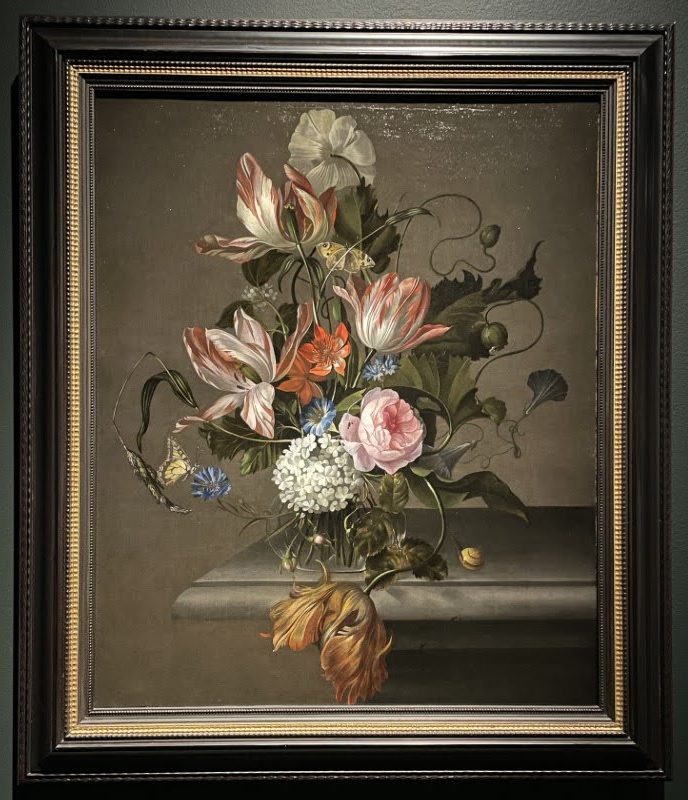
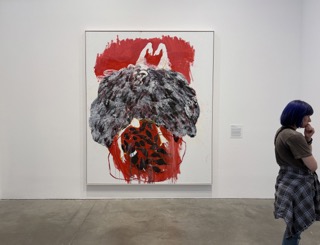
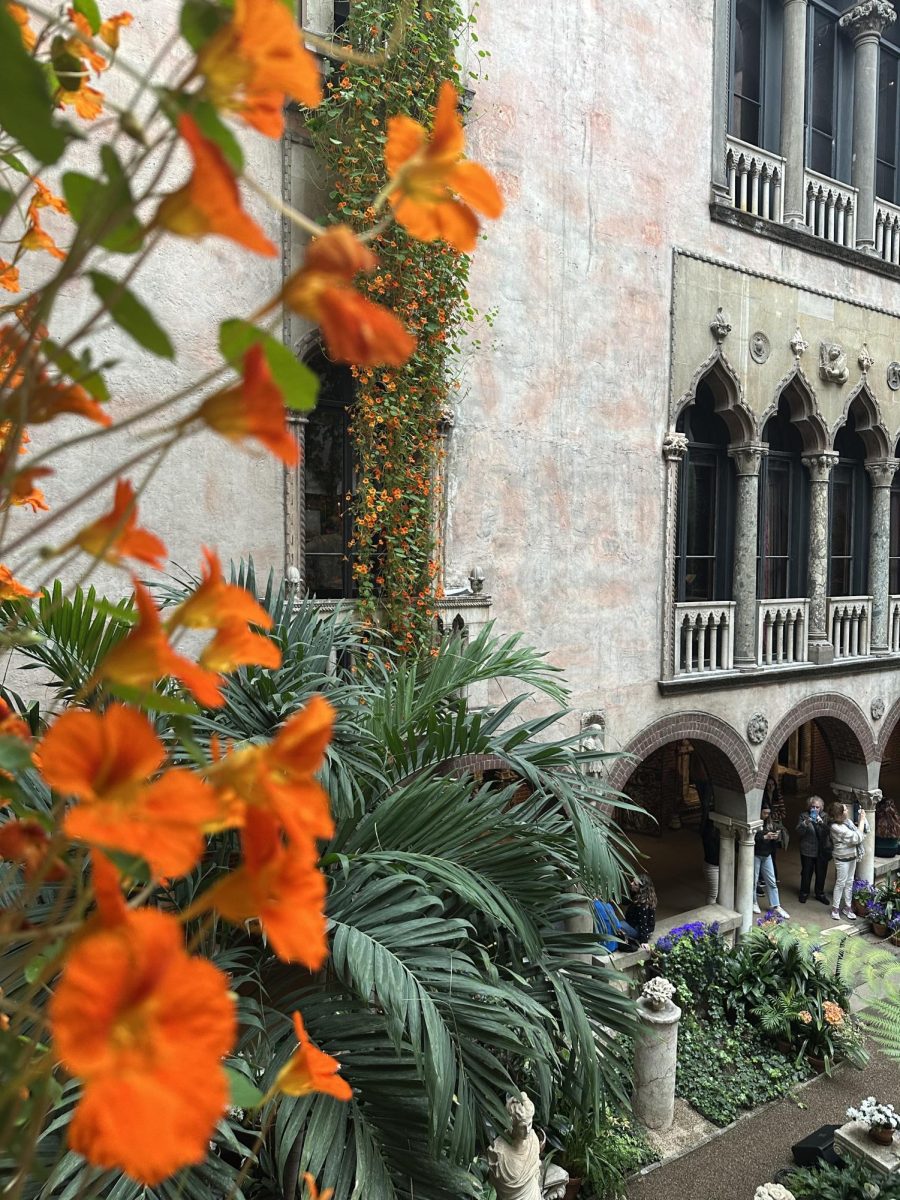
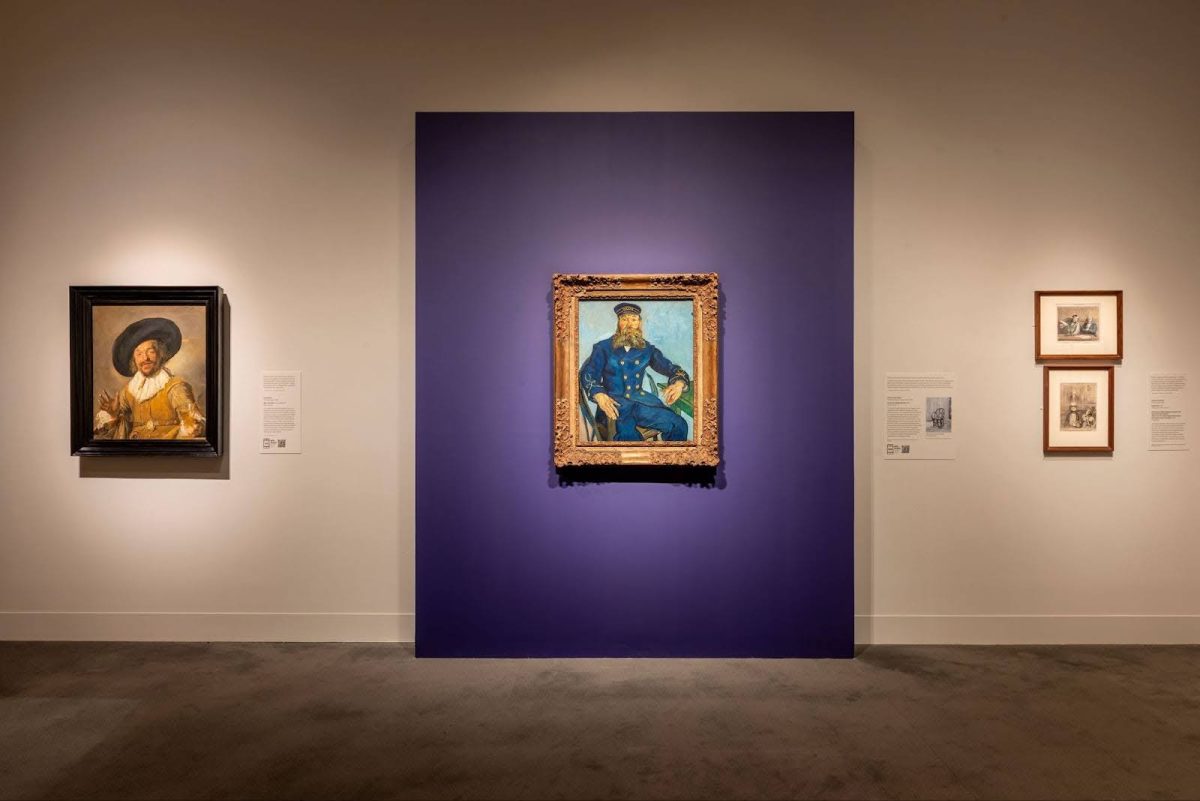
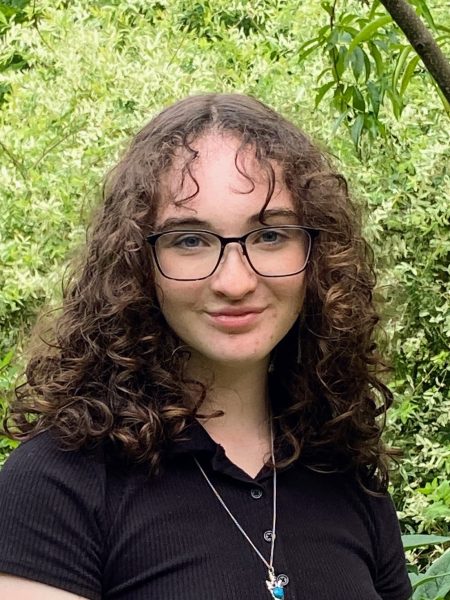
Mike Powerx • Oct 13, 2025 at 12:54 pm
I really enjoyed the article, great job Caleigh